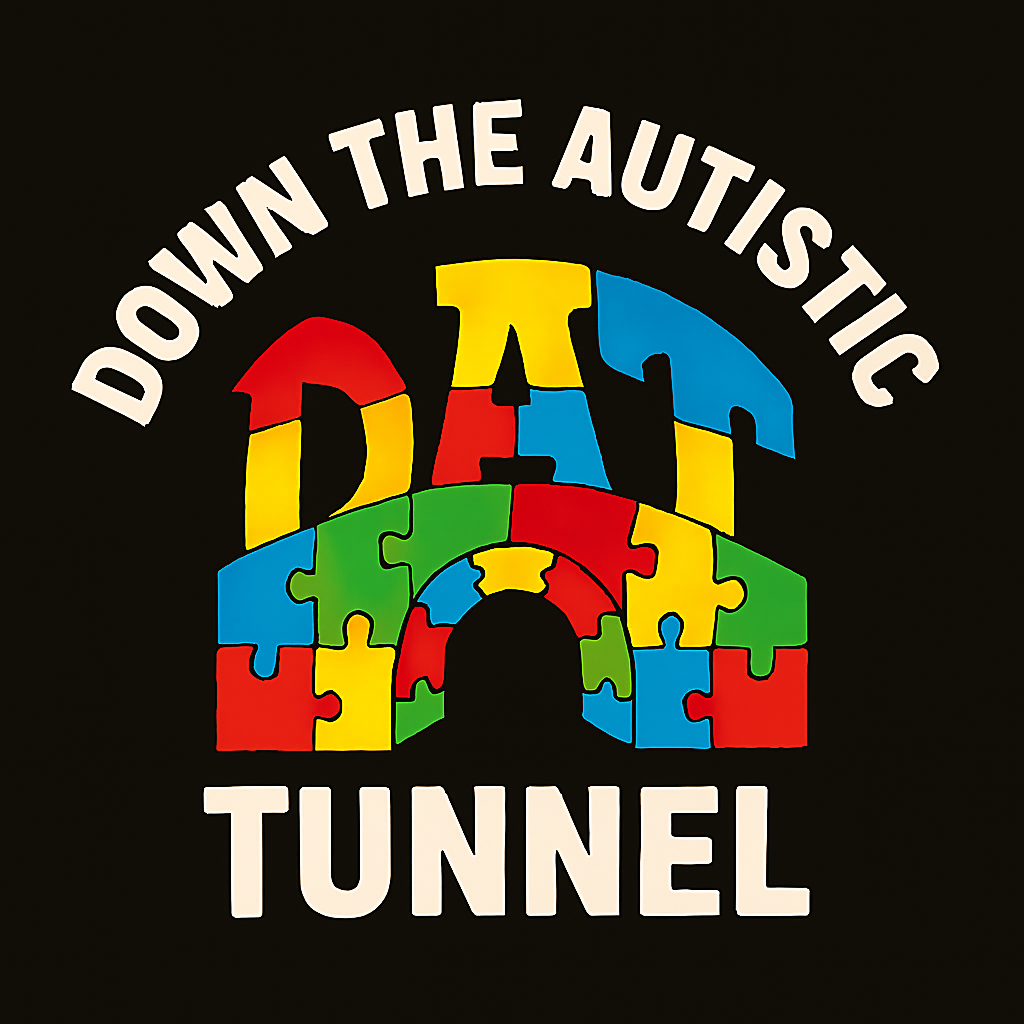Autism is not a “casualty” to be tallied; it is a neurotype that simply processes the world more intensely. Yet the daily casualties—meltdowns, social bruises, stalled speech, sleepless nights—can feel like wounds to both the autistic person and the family who loves them. The most healing salve is not another deficit checklist, but a purposeful menu of activities and therapies that convert those pain points into platforms for growth. A rock-climbing wall becomes a sensory gym that teaches vestibular balance and frustration tolerance; a Dungeons-&-Dragons group becomes stealth speech therapy where turn-taking and figurative language are rolled into dice-driven fun. Equine-assisted therapy turns the once-overwhelming smell of barn straw into a predictor of companionship, lowering cortisol and raising oxytocin. Music production software on a tablet channels perseverative “beep-boop” sounds into original compositions that earn real-world applause. Each chosen activity is less about “fixing” and more about revealing: showing the learner (and the village around them) that the very traits which caused yesterday’s casualties—attention to detail, deep focus, systemizing—are tomorrow’s marketable strengths. When therapies are framed as passports to interesting lives rather than receipts for deficits, growth stops being a medical outcome and starts being a shared adventure.
Sit eu facer soluta fuisset us magna mazimid
“Autism, or Autism Spectrum Disorder (ASD), is a term many of us have heard, but what does it truly mean? It’s a complex neurodevelopmental condition that impacts how individuals experience the world.”
Down The Autistic Tunnel

